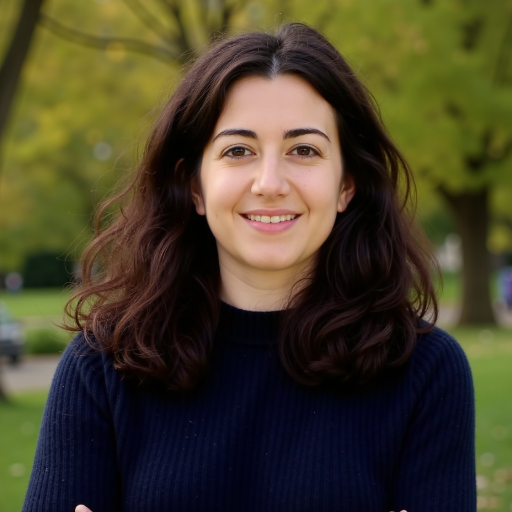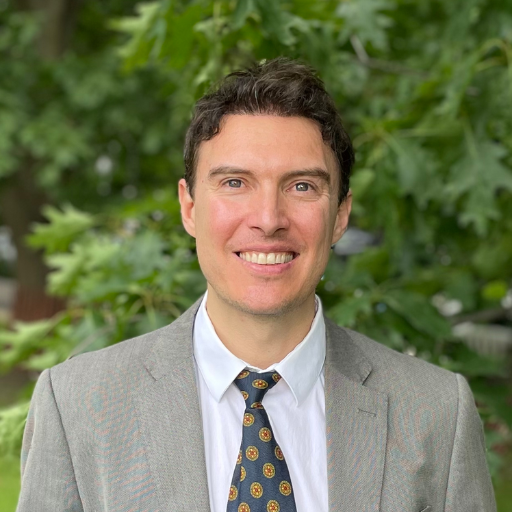A Novel Treatment Strategy for Neurorepair in Alzheimer's Disease

About the Research Project
Program
Award Type
Pilot
Award Amount
$150,000
Active Dates
April 01, 2008 - November 30, 2010
Grant ID
A2008319
Acknowledgement
Co-Principal Investigator(s)
Kai Sonntag, MD, PhD, McLean Hospital
Goals
In this project, ‘adult’ stem cells will be used as a delivery system to deliver sAPP to brain regions undergoing neurodegeneration. The hypothesis is that sAPP will work together with growth factors to protect and repair cholinergic neurons in the brain, thereby representing a potential for therapeutic treatment in humans with AD.
Summary
An immune response that often occurs with the transplantation of tissue obtained from one individual to another. MAPCs also can be delivered to brain through intravenously injection, which we have observed in our initial animal studies. In addition, MAPCs are capable of migrating to those areas in brain with the most severe cell loss. The proposed studies will employ a novel therapeutic approach which focuses on the potential use of MAPCs to carry an important cholinergic cell growth factor that is reduced in AD, sAPPalpha, into the brains of an animal model with AD-like cholinergic cell loss. We will also study its ability when combined with other nerve cell growth factors to retard nerve cell loss and promote new nerve cell development. The promise of stem cell therapies doesn’t stop at neurodegenerative diseases but may impact other diseases of brain. If we can develop bone marrow cells into the brain cells lost in AD, maybe we can transform them into other subpopulations of nerve cells that may be lost or compromised in a wide range of disorders of brain which will have important implications for clinical care.
Related Grants
Alzheimer's Disease Research
Personalized Proteomics to Understand and Predict Alzheimer’s Progression
Active Dates
July 01, 2025 - June 30, 2027

Principal Investigator
Federica Anastasi, PhD
Current Organization
Barcelonaβeta Brain Research Center
Alzheimer's Disease Research
Neuroimaging and Neuropathology of Alzheimer’s Disease in Down Syndrome
Active Dates
July 01, 2025 - June 30, 2027

Principal Investigator
Jr-Jiun Liou, PhD
Current Organization
University of Pittsburgh
Alzheimer's Disease Research
Neurostimulation to Improve Depression and Memory in Dementia
Active Dates
July 01, 2024 - June 30, 2027

Principal Investigator
Davide Cappon, PhD
Current Organization
Hebrew Rehabilitation Center



